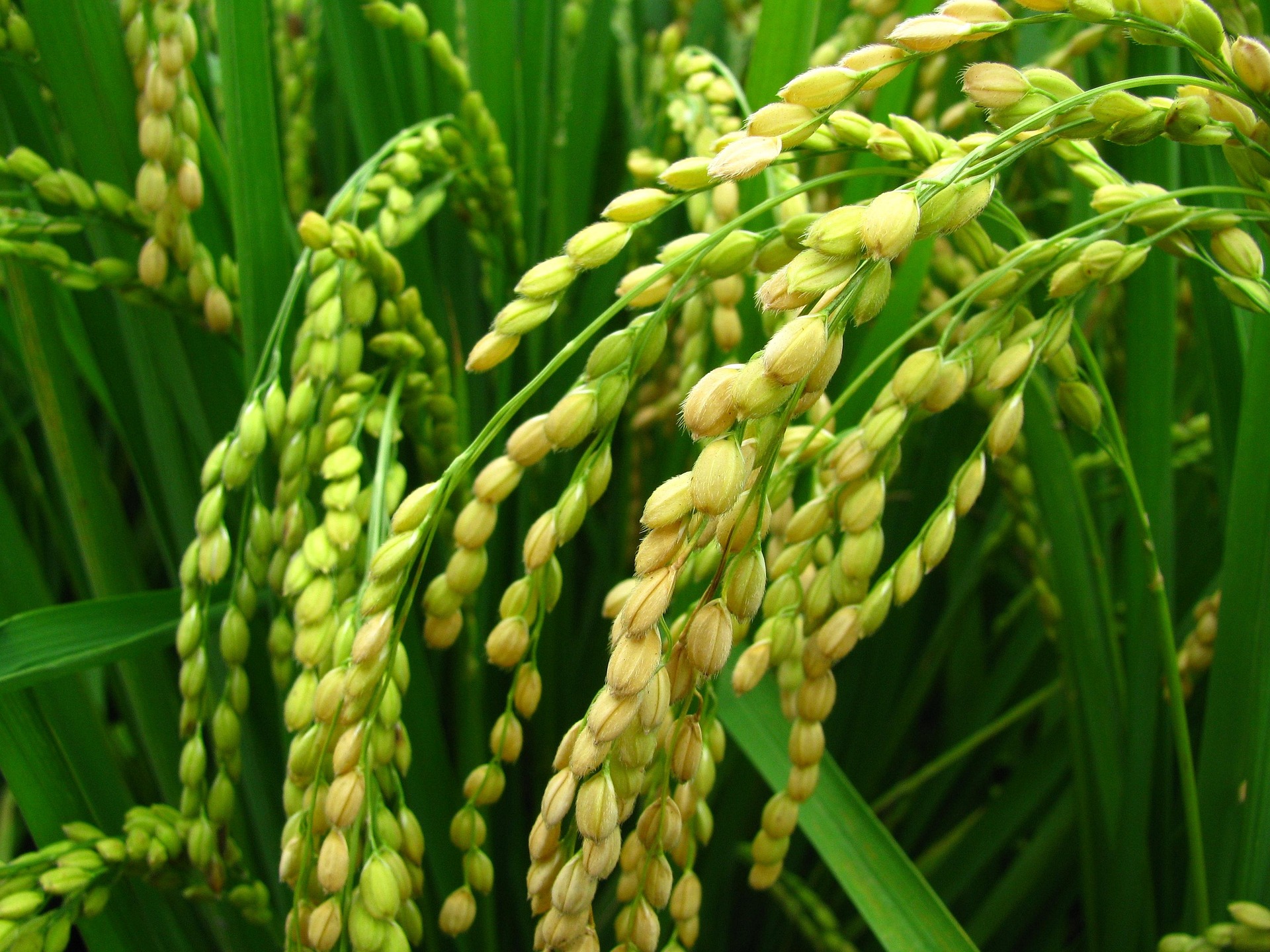
Climate Change, Arsenic, and Rice: Dr. Lewis Ziska on the Future of a Global Staple
By Gayil Nalls
Sign up for our monthly newsletter!
Rice sustains more than half of the world’s population. For billions of people, it is not only a daily necessity but also a cultural anchor and source of livelihood. Yet this essential grain faces a growing threat few would associate with climate change: rising arsenic contamination.
Arsenic, a naturally occurring metalloid, is absorbed by rice plants when grown in flooded paddies, where anaerobic conditions mobilize arsenic from soil into irrigation water and plant tissues. While small amounts are already present in most rice, chronic dietary exposure to inorganic arsenic is linked to cancers, cardiovascular disease, and diabetes. For decades, scientists have sought ways to mitigate this risk, from soil and water management techniques to cooking methods that remove some arsenic from grains. But new research indicates that climate change may intensify the problem.
One of the leading figures in this field is Dr. Lewis H. Ziska, plant physiologist, environmental health scientist, and member of the World Sensorium Conservancy’s Board of Advisors. Currently Associate Professor at Columbia University’s Mailman School of Public Health, Ziska has spent his career investigating how climate change alters plant biology, food security, and human health. His work spans weed invasions, pollen and allergies, and shifts in crop productivity under elevated carbon dioxide (CO₂).
Most recently, Ziska co-authored a landmark study examining how climate change influences arsenic uptake in rice. Conducted over ten years with 28 rice cultivars grown across four experimental sites in China, the study found that elevated CO₂ and higher temperatures significantly increased arsenic concentrations in rice grains. Using epidemiological models, the researchers estimated that under high-emissions scenarios, these changes could result in up to 19.3 million additional cancer cases in China alone by 2100.
“Inorganic arsenic has been shown in more studies than I can throw a stick at to be a carcinogen,” Ziska observes. “And two metrics of climate change, the increase in CO₂ and the increase in temperatures, are resulting in greater amounts.”
The implications are global. Rice is cultivated across Asia, Africa, Europe, and the Americas, and arsenic contamination is not confined to one region. While the study focused on China, similar patterns are likely in rice-growing areas worldwide. As Ziska explains, “We’re not the first ones to look at CO₂, we’re not the first ones to do temperature, but we’re the first ones to put them together in the field. And that’s what stunned us.”
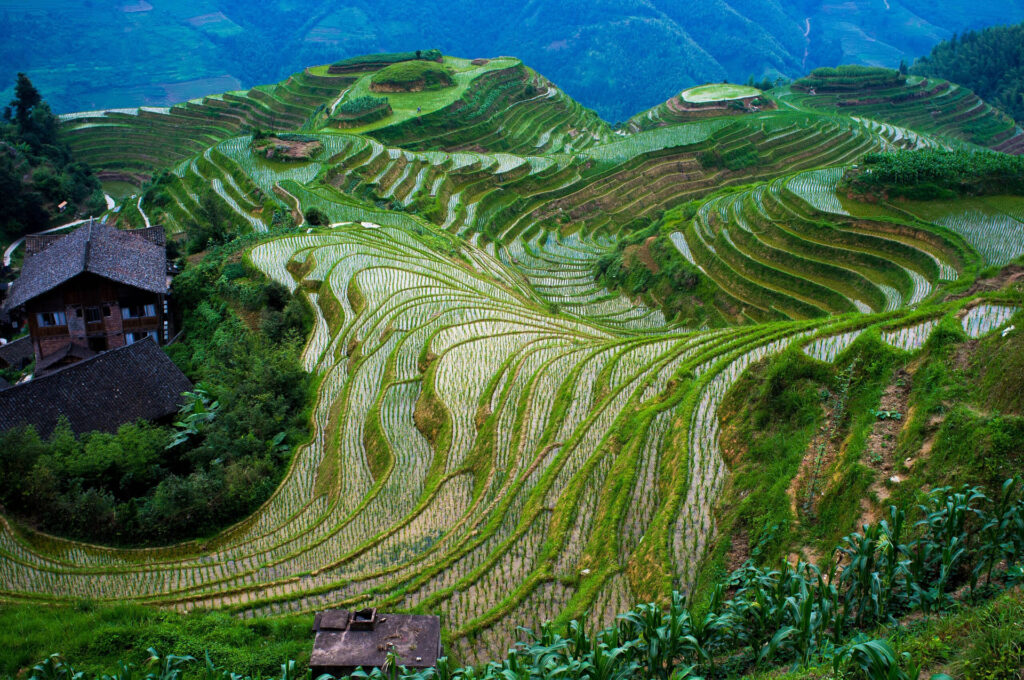
The research underscores a profound reality: climate change not only threatens crop yields but also the nutritional quality and toxicological safety of food. In this case, higher atmospheric CO₂, which often enhances crop growth, may paradoxically lower grain quality by raising arsenic content, undermining both food security and public health.
It is important to note that the study modeled worst-case scenarios, projecting a global CO₂ rise of 200 parts per million and a 2°C temperature increase between 2025 and 2050, higher than the standard IPCC “business-as-usual” projections. Nevertheless, the findings provide a stark warning: unchecked carbon emissions may transform one of the world’s most vital foods into a vector of disease.
For the World Sensorium Conservancy, committed to preserving the sensorial and ecological heritage of plants, this research is a reminder of how intimately human well-being is tied to the biological integrity of staple crops. Rice, with its fragrance, taste, and symbolic role in rituals across the globe, is part of the world’s sensorium, shaping memory, identity, and culture. Safeguarding its future requires not only reducing emissions but also deepening our understanding of how climate stress reshapes the foods that sustain us.
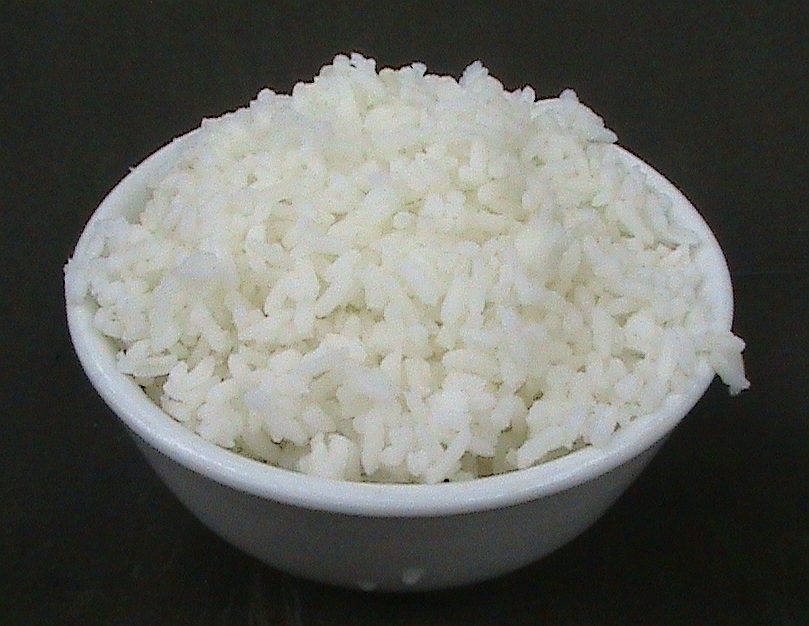
The scent of rice itself is iconic in China, as binding to cultural identity as jasmine is to its poetry gardens and opera. Rice is not just food but a sensory heritage. Steaming bowls of freshly cooked rice release a delicate, nutty fragrance instantly recognizable across provinces, from Guangdong kitchens to Sichuan banquet halls. This aroma is a marker of belonging, a reminder of family, festivals, and ancestral continuity.
Just as jasmine has become a symbol of refinement, the higher self, and cultural memory, the smell of rice evokes sustenance, unity, and the rhythm of daily life. The Chinese word for meal literally means “cooked rice”. It is an olfactory thread that ties generations together, underscoring why the safety and integrity of this grain are inseparable from the health of the people and the continuity of their traditions.
As Ziska’s work shows, the cascading effects of climate change extend beyond fields and farms into the very molecules that enter our bodies. Protecting rice, and by extension, billions of lives, means confronting these hidden risks with the same urgency as we face more visible climate impacts. We will soon learn more. Ziska is returning to China this October to continue his collaborative work on how rising carbon dioxide and climate change will alter the quality of the world’s most important cereal.
Gayil Nalls, PhD, is an interdisciplinary artist and theorist and the founder of the World Sensorium Conservancy.
Plantings
Issue 52 – October 2025
Also in this issue:
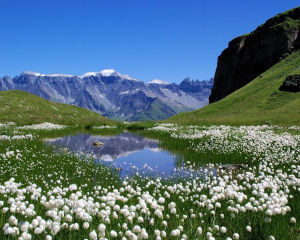
Dr. Robbie Hart on Himalayan Alpine Plants, Climate Change, and Ethnobotany
By Gayil Nalls
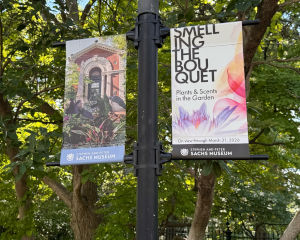
The Living Language of Scent: An Exploration of Perfume Plants and Cultural Memory
By Nezka Pfeifer
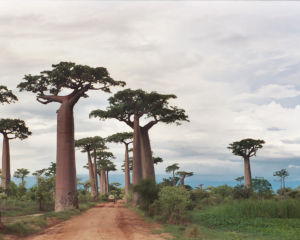
Plant Conservation in Madagascar
By Gayil Nalls
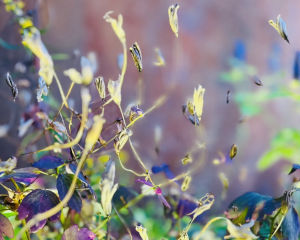
What if AI worked like a forest?
By Willow Gatewood
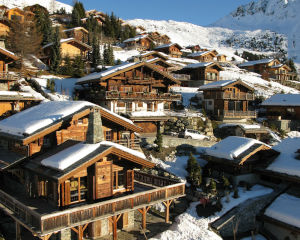
The Unsteady Future of Alpine Tourism
By Caterina Gandolfi
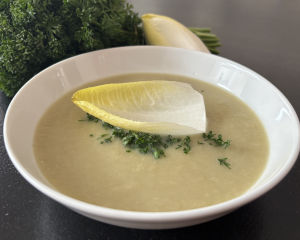
Eat More Plants Recipes:
Belgian Endive Soup: Le potage de chicons
By Frank Léglise
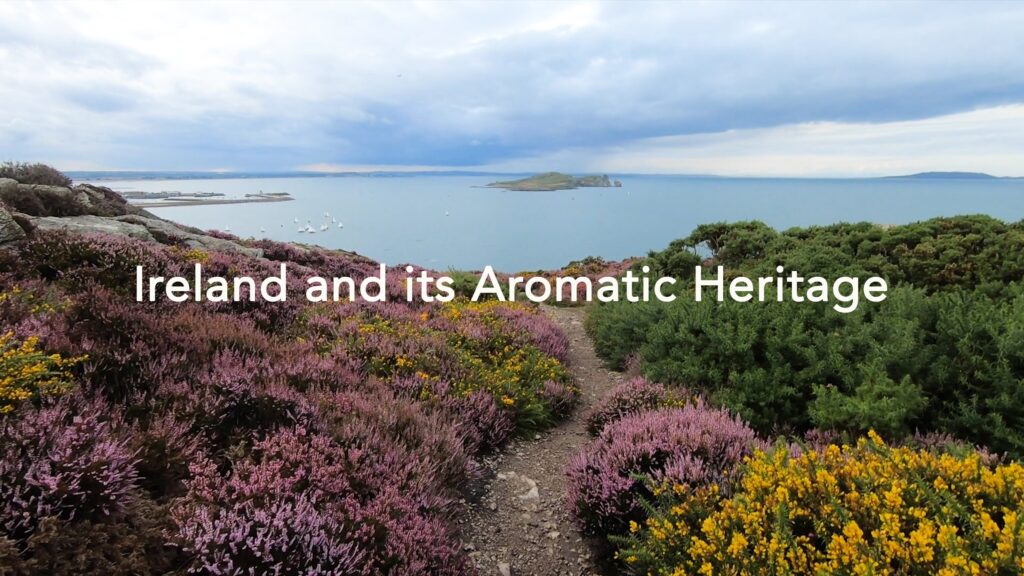
As Ireland transitions from the rich, smoky scent of peat-burning to a more sustainable future, its olfactory heritage is evolving. What will become the next iconic aromatic symbol of Ireland?
Click to watch the documentary trailer.

